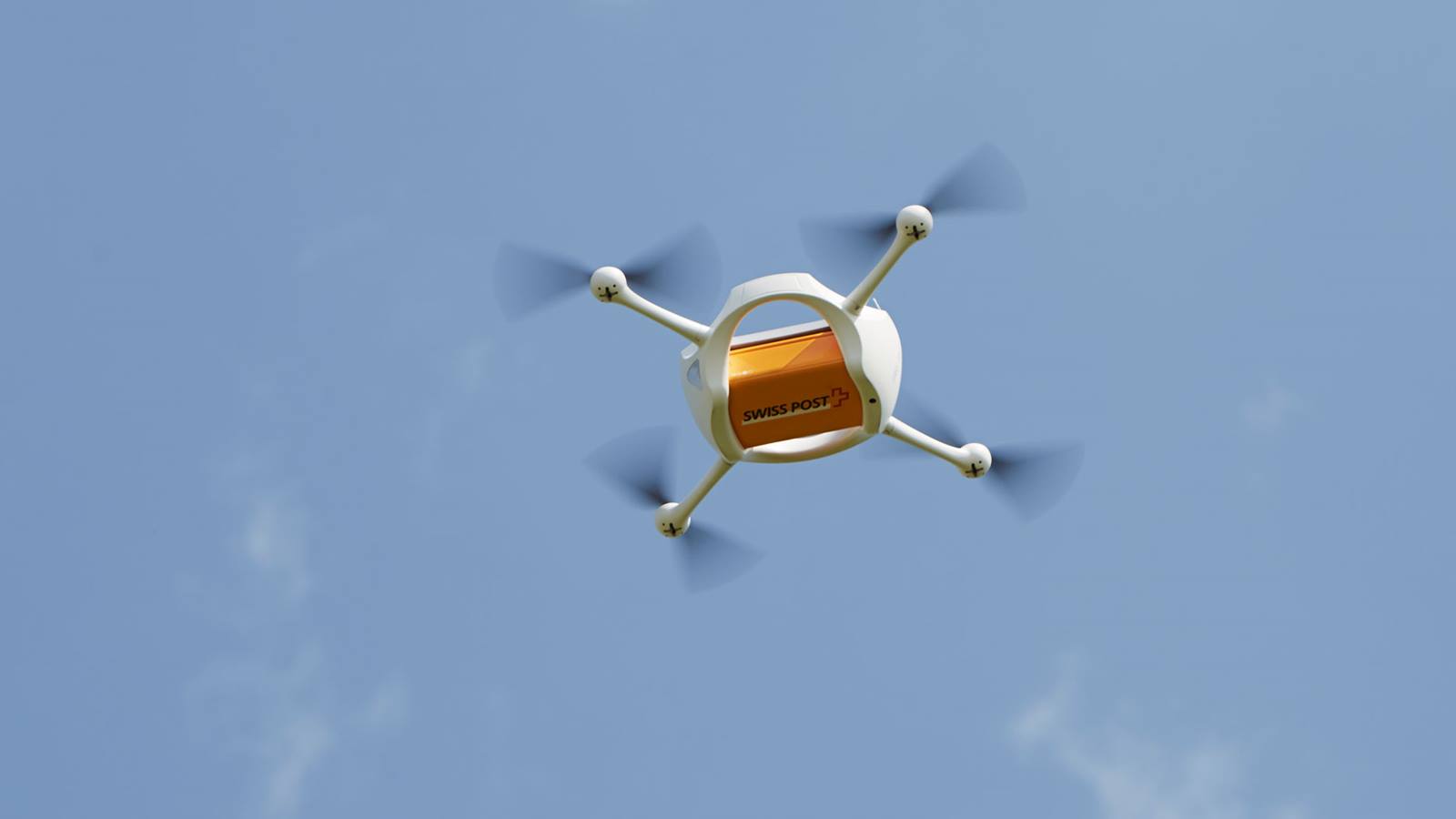Innovation & technology
“The use of drones calls for a culture of safety similar to that seen in commercial aviation”
The similarities between drones and Formula 1 racing cars, and how catastrophic events can often be avoided, are explained by Prof. Michel Guillaume, Head of the Centre for Aviation at the Zurich University of Applied Sciences.
Rich Content Section

Prof. GuillaumeTarget not accessible, what conclusions have you reached with regard to Swiss Post’s drone operations?
The use of drones calls for a culture of safety with processes similar to those seen in the day-to-day business of commercial aviation. The superb safety standards seen in the aviation industry today have been developed over more than a century. Commercial drone technology, however, has only been around for about a decade. In order to ensure the already high safety standards at Swiss Post can compete at this level, an expert group has come up with various recommendations.
What does the group recommend?
Looking at the findingsTarget not accessible from man-made disasters such as the Deepwater Horizon oil spillTarget not accessible, it is clear that the red flags are apparent from early on in many cases and that most of these catastrophes are thus avoidable. Communication channels that go beyond the confines of departments or companies are required. The information received also needs to be dealt with appropriately. One of the main recommendations is thus further development of the Safety Management System for drone operations and fostering a culture of learning that is not confined to corporate boundaries. Furthermore, we recommend an independent supervisory function in relation to safety-relevant processes. Steps have already been taken in this direction: the expert group will continue to advise Swiss Post on its operation of drones.
Drones are a relatively new technology. What does this mean for the company?
Pioneers will be confronted with unforeseeable events. Good risk management is thus particularly important. This does not mean avoiding all risks, but identifying them early on and implementing measures, thereby allowing calculated risks to be taken. Innovative projects, such as those involving drone logistics, can be compared to a Formula 1 racing car. Extreme speed and acceleration lead to risks, which is why exceptionally good brakes are required. The brakes are the top priority of all Formula 1 teams – this is called active risk management.
Is there potential for drones in Switzerland?
When it comes to the development of drones, especially autonomous systems, Switzerland is leading the way worldwide. However, when it comes to how this technology is applied, we need to up our game in order to maintain the international connection. In Switzerland, aside from the logistics, I see potential in the monitoring and inspection of infrastructures such as grids or roads. With our challenging Alpine geography, the use of autonomous drones should help to make these inspections more efficient and reliable. It is now the task of the regulators to harness this potential with legislation that is innovative and yet aware of the risks involved.